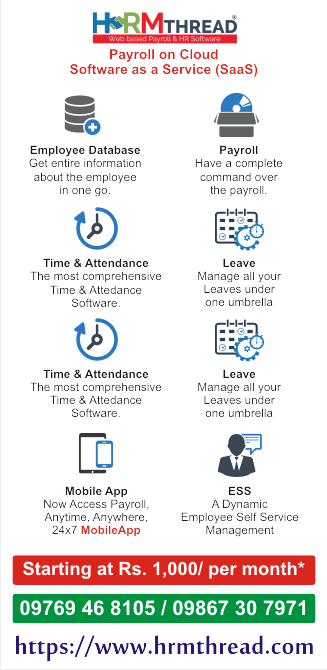Chandigarh Government Sets Minimum Wages for Industrial Workers: October 2023 – March 2024
Introduction: The Government of Chandigarh has recently announced the minimum wage rates for industrial workers, applicable for the period from October 01, 2023, to March 31, 2024. These rates are set to ensure fair compensation for workers across various skill levels, reflecting the cost of living and prevailing economic conditions.
Minimum Wage Rates for Industrial Workers (October 2023 – March 2024):
Category | Daily Rate (in INR) |
|---|---|
Un-skilled | 525.00 |
Semi-skilled II | 531.00 |
Semi-skilled I | 535.00 |
Skilled II | 543.00 |
Skilled I | 551.00 |
Highly Skilled | 567.00 |
Class III (staff) | 536.00 |
Class II (staff) | 542.00 |
Class I (staff) | 556.00 |
Analysis: The wage rates are categorized based on skill levels, ranging from unskilled to highly skilled, as well as different classes of staff. These rates aim to ensure equitable compensation for workers according to their expertise and experience.
Implications:
- Fair Compensation: The establishment of minimum wage rates ensures that workers receive fair compensation for their labor, supporting their livelihoods and contributing to economic stability.
- Skill Recognition: By differentiating wages based on skill levels, the government acknowledges the value of skills and encourages workers to enhance their capabilities.
- Compliance: Employers are expected to adhere to these minimum wage rates to maintain legal compliance and uphold workers’ rights.
Conclusion: The announcement of minimum wage rates by the Government of Chandigarh for industrial workers underscores its commitment to promoting fair labor practices and ensuring the well-being of workers. These rates not only provide economic security to workers but also contribute to the overall prosperity of the region.










